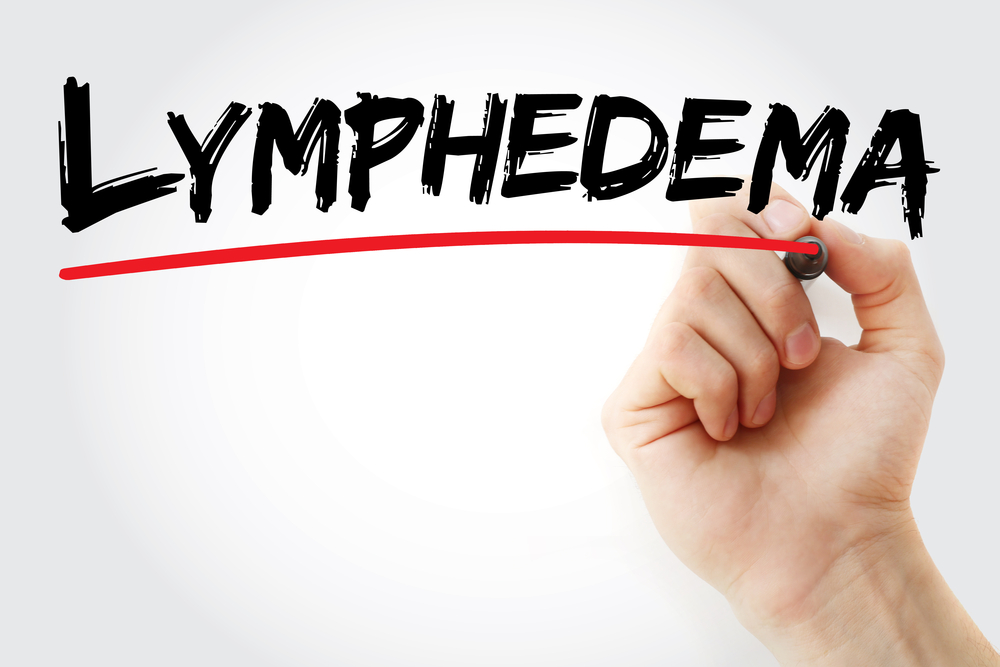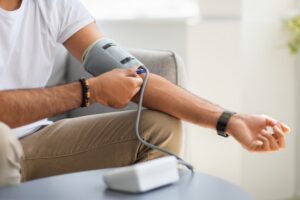Receiving a diagnosis of lymphedema can feel overwhelming, but understanding the path forward is the first step toward managing the condition. A clear plan for lymphedema diagnosis and treatment is essential for controlling symptoms and maintaining your quality of life. The process begins with an accurate lymphedema diagnosis to confirm the condition and rule out other causes of swelling. From there, a personalized lymphedema treatment plan can be developed. This journey is best navigated with the guidance of a medical professional, such as a vascular health specialist, who can provide expert care and support. Get a consultation with the best vascular disease specialists in Brooklyn.
Lymphedema Diagnosis: How It’s Confirmed
If you are experiencing persistent swelling, your doctor will start with a thorough physical exam and a review of your medical history. They will look for classic signs of lymphedema and ask about any past surgeries, radiation treatments, or injuries that could have damaged your lymphatic system.
To confirm the diagnosis and assess the severity of the condition, your doctor or a vascular health specialist may recommend one or more of the following imaging tests:
- Lymphoscintigraphy: This is the most common test for diagnosing lymphedema. A small amount of radioactive dye is injected into the affected limb, and a scanner tracks its movement through your lymphatic system. This helps identify blockages or abnormalities in the lymph flow.
- MRI Scan: An MRI can provide detailed, cross-sectional images of the affected tissues. This helps your doctor see the characteristic patterns of lymphedema and rule out other potential causes of swelling, such as a tumor or blood clot.
- CT scan: Similar to an MRI, a CT scan can reveal blockages in the lymphatic system.
- Doppler Ultrasound: This imaging test uses sound waves to assess blood flow. It is often used to rule out vascular issues like deep vein thrombosis (DVT) as the cause of swelling.
Effective Lymphedema Treatment Strategies
While there is no cure for lymphedema, a comprehensive treatment plan can effectively manage symptoms, reduce swelling, and prevent serious complications. Treatment is focused on helping lymph fluid drain properly and supporting the affected limb. The most effective approach is often a combination of therapies known as Complete Decongestive Therapy (CDT).
Complete Decongestive Therapy (CDT)
CDT is considered the gold standard for lymphedema treatment and is typically performed by a certified lymphedema therapist. It has two main phases: an intensive treatment phase and a maintenance phase.
Phase 1: Intensive Treatment
This phase involves daily treatments to reduce the volume of the affected limb. It includes:
- Manual Lymphatic Drainage (MLD): This is a specialized, gentle massage technique that encourages the movement of lymph fluid out of congested areas and into functioning lymph nodes.
- Compression Bandaging: After MLD, the limb is wrapped in multiple layers of short-stretch bandages. This prevents the fluid from re-accumulating and helps break down hardened tissue.
- Therapeutic Exercise: Your therapist will guide you through specific exercises designed to activate the muscles in the affected limb, which helps pump lymph fluid.
- Meticulous Skin and Nail Care: Proper hygiene is crucial to prevent infections like cellulitis, which are common in people with lymphedema.
Phase 2: Maintenance
Once the swelling has been reduced, you will transition to the maintenance phase. The goal is to maintain the results achieved in the first phase. This involves:
- Compression Garments: You will be fitted for custom or standard-fit compression sleeves or stockings to wear during the day.
- Self-Care: You will continue with a home program of self-massage, exercise, and diligent skin care.
- Ongoing Follow-Up: Regular check-ins with your healthcare provider or therapist are important to monitor your condition and make adjustments to your treatment plan as needed.
Finding the Right Professional Care
Managing lymphedema effectively requires specialized care. If you suspect you have lymphedema, it’s important to see a provider who has experience with the condition. For those in the New York area, a vascular clinic in Brooklyn can be an excellent resource. These clinics are staffed with experts who can provide an accurate diagnosis and a comprehensive treatment plan.
Your primary care doctor can refer you to a reputable vascular clinic in Brooklyn where you can receive integrated care. This ensures that all aspects of your condition are managed by a knowledgeable team.
Living with Lymphedema
With a proper diagnosis and a consistent treatment plan, you can successfully manage lymphedema and lead a full, active life. The key is to be proactive about your care and work closely with your healthcare team. If you are experiencing symptoms, don’t wait. Seeking an evaluation is the first step toward getting the relief you need. For any vascular problems, call us on + 1-718-367-2555. The Vascular Disease Specialists at Doral Health & Wellness consistently have outstanding patient satisfaction ratings. The professionals at Doral Health & Wellness Vascular Health Department Brooklyn can improve your health and quality of life because of their vast training and experience. New Yorkers can get the greatest medical and surgical vascular care at Doral Health & Wellness Brooklyn. If you need help, register your information and make direct contact with our doctors at https://yuz88hfiyh7.typeform.com/Doralintake or send an email to info@doralhw.org. Visit us at 1797 Pitkin Avenue, Brooklyn, NY 11212.






